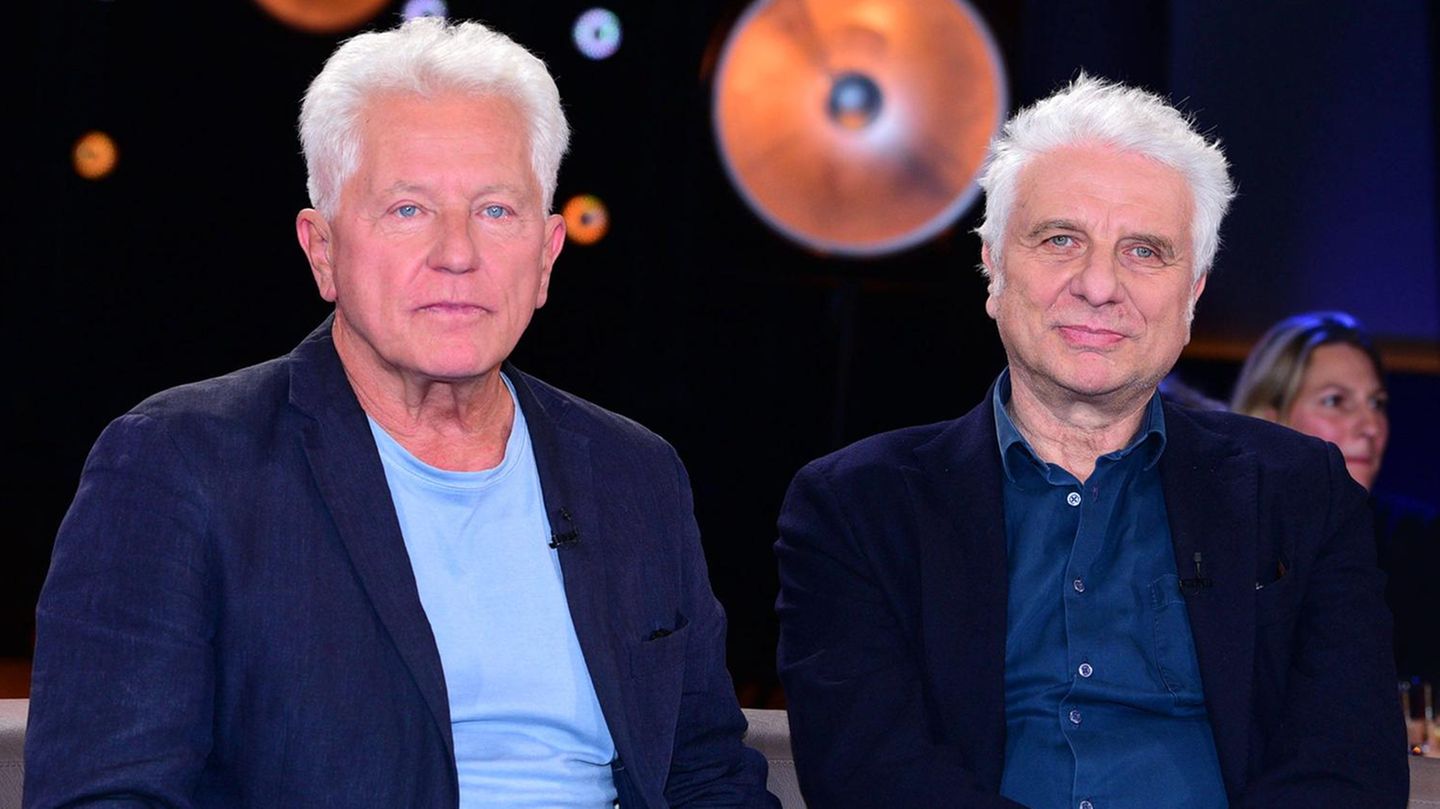While the polls at that time were all about the wave of refugees, the election is now taking place under the impression of a year and a half pandemic. In addition, in Upper Austria, with his ÖVP-FPÖ coalition, ex-FPÖ boss Heinz-Christian Strache is called to the polls for the first time since the Ibiza scandal.
The FPÖ has to be prepared for losses after its soaring in the previous election. In 2015, the Freedom Party – also due to the wave of refugees – reached a record figure of almost 30.4 percent. Of course, the aftermath of the Ibiza affair of ex-party leader Heinz-Christian Strache will now also be reflected.
ÖVP can hope for growth
According to surveys, the ÖVP can hope for growth. Because the corona crisis could further intensify the trend in favor of the incumbent, which was recently observed in state elections. In the Vienna election in autumn 2020, Mayor Michael Ludwig was able to improve his party to a surprising 41.6 percent when he ran for the SPÖ for the first time.
Even before that, the incumbents had some great successes: In the state elections in Lower Austria in January 2018, Erwin Pröll’s successor Johanna Mikl-Leitner managed to hold the absolute majority of the mandate for the ÖVP. In Burgenland, too, the election in January 2020 (just before the Corona crisis) went in favor of the incumbent. The successor to Governor Hans Niessl, Hans Peter Doskozil, gave the SPÖ an increase of eight percentage points, the absolute majority of the mandate – the SPÖ has governed there alone again since then.
The incumbent in Carinthia was also significantly strengthened beforehand. Governor Peter Kaiser (SPÖ) just missed the absolute in March 2018: his party was able to gain 10.8 percentage points to 47.9 percent of the vote. Since then, Kaiser has governed in a coalition with the ÖVP, which then rose discreetly (+1.05) to 15.45 percent.
The ÖVP in Upper Austria could also play a role “Short”-Play effect. Since Sebastian Kurz took over the chairmanship of the ÖVP in May 2017, the ÖVP has grown in almost all state elections – only in Lower Austria there was a small loss of votes, whereby the ÖVP was also able to record this as a success due to the mandate absolute.

The FPÖ has been punished in all elections since the Ibiza affair, often massive. In the EU election on May 26, 2019 – just a week after the affair exploded on May 17 – the blues were able to keep the losses within limits with a minus of 2.5 percentage points. Compared to the surveys before the video was revealed, however, they had to lose their hair.
In the National Council election on September 29, 2019, the FPÖ losses were already significant with 9.8 percentage points, the party only came to 16.2 percent. The ÖVP, on the other hand, increased by almost six percentage points and achieved 37.5 percent. The SPÖ lost almost six percentage points. The Greens rejoined the National Council with 13.9 percent, which they had to leave in 2017. The NEOS recorded an increase of 2.8 percentage points.
In the other ballots, it set further low blows for the FPÖ. In the state elections in Vorarlberg in October 2019, the blues lost 9.5 percentage points, while those in Styria (November 2019) lost 9.3 percentage points. The loss in Burgenland was somewhat lower – namely -5.25 percentage points – but at a much lower level (January 2020). There was a real collapse in the Vienna election last October: The party now led by Dominik Nepp fell from a previous high of 23.7 percentage points to just 7.1 percent.
For NEOS, the Upper Austria election is about entering the state parliament for the first time and conquering the seventh state parliament. The pink ones are currently represented in the provincial parliaments of Vienna, Lower Austria, Styria, Tyrol, Vorarlberg and Salzburg. In Vienna and Salzburg they also belong to the red-pink and ÖVP-green-NEOS coalitions.
The only FPÖ coalition on the test bench
In the state elections in Upper Austria, the currently only FPÖ coalition is on the test bench. Although the blues in Vienna and Lower Austria are also represented in the government thanks to proportional representation, in Upper Austria it is important for them to continue the labor agreement concluded with the ÖVP. Although surveys predict that the blues will suffer a hefty decline, experts believe the chances of this to be intact.
In Upper Austria, as in Vienna and Lower Austria, the proportional representation system applies – in this system, all parties with a certain number of members in the state parliament are entitled to at least one seat in the government. Since the ÖVP does not have a majority in the Upper Austrian state parliament, it depends on a partner there – and it found this partner in the FPÖ in 2015. The move away from the Greens was mainly due to the election result: Due to the heavy losses of the People’s Party at the time, a renewed majority in the state parliament with the Greens (who even gained slightly) no longer came off. The result was the collaboration with blue.
For the FPÖ, their de facto only coalition participation in the game is now in Upper Austria. The ÖVP has also concluded labor agreements in Lower Austria – with the SPÖ and the FPÖ. However, thanks to its absolute majority in the state parliament, the Lower Austrian People’s Party is not dependent on a partner. And in Vienna the SPÖ governs in a coalition with the NEOS, so the city council appointed by the FPÖ thanks to proportional representation is a “not executive”.

The FPÖ can do two things apart from Upper Austria “real” Look back on government participations in the federal states (apart from the state councils to which it is entitled through proportional representation). In Vorarlberg, the Blauen formed a coalition with the ÖVP as junior partners from 1999 to 2004, which was then continued after 2004 despite regaining the ÖVP absolute. In 2009, Governor Herbert Sausgruber (ÖVP) ruled out a continuation due to anti-Semitic statements by FPÖ top candidate Dieter Egger; After a phase of sole government, the ÖVP has been ruling there with the Greens since 2014.
In Burgenland, the FPÖ was able to grow in 2015, the then SPÖ Governor Hans Niessl then (after the abolition of proportional representation in the state in 2015) formed a coalition with the FPÖ. After the 2020 election, the blue participation was over again: After winning the SPÖ absolute, a red sole government followed.
In Carinthia, the Freedom Party can look back on supporting roles, where proportional representation was only abolished in 2017. In 1989, the then FPÖ boss Jörg Haider was elected the first FPÖ governor with the help of the votes of the ÖVP MPs – even though the FPÖ only came second in the state elections with 29 percent, clearly behind the SPÖ (just under 46 percent).
Haider was voted out of office again in 1991 because of a right-wing extremist statement by motion of no confidence. In 1999, however, the FPÖ emerged as the strongest party in the state elections for the first time, Haider was re-elected governor with the FPÖ votes, made possible by the removal of the ÖVP mandataries. After the state elections in 2004, he was re-elected as governor with FPÖ and ÖVP votes. Haider had a fatal accident in 2008, and his successor at the head of the state – Gerhard Dörfler – was able to win the governor’s chair again in 2009.
There is currently a single SPÖ government in Burgenland and a three-party coalition in Salzburg made up of the ÖVP, Greens and NEOS. There is an ÖVP-Green coalition each in Tyrol and Vorarlberg. In Carinthia and Styria there is a red-black and a black-red coalition. In Vienna, as mentioned, the SPÖ governs with the NEOS (coalition despite the proportional representation system), in Lower Austria the ÖVP has concluded agreements with the SPÖ and FPÖ despite an absolute majority.




